The cicada invasion is in full swing across the St. Louis region. Billions of cicadas are emerging from the ground — up to 1.5 million per acre.
Kasey Fowler-Finn, an associate biology professor at Saint Louis University, specializes in insect acoustic communication, which makes her an expert in cicadas. She says there are four species that are part of the 13-year periodical cicadas, including the brood emerging underneath our feet: Brood XIX.
Cicadas spend roughly six weeks in egg form before they hatch and burrow two feet underground. There they attach themselves to root systems where they will drink the sap and feed on the roots for the next 13 years, though broods vary on the amount of time they spend underground. When the cicadas arise, they climb trees, molt, sing in a chorus with each other, mate and die. The average life span after emergence is only six weeks.
Scroll down to learn more about cicadas — and see some of the ones we’ve spotted around St. Louis lately.

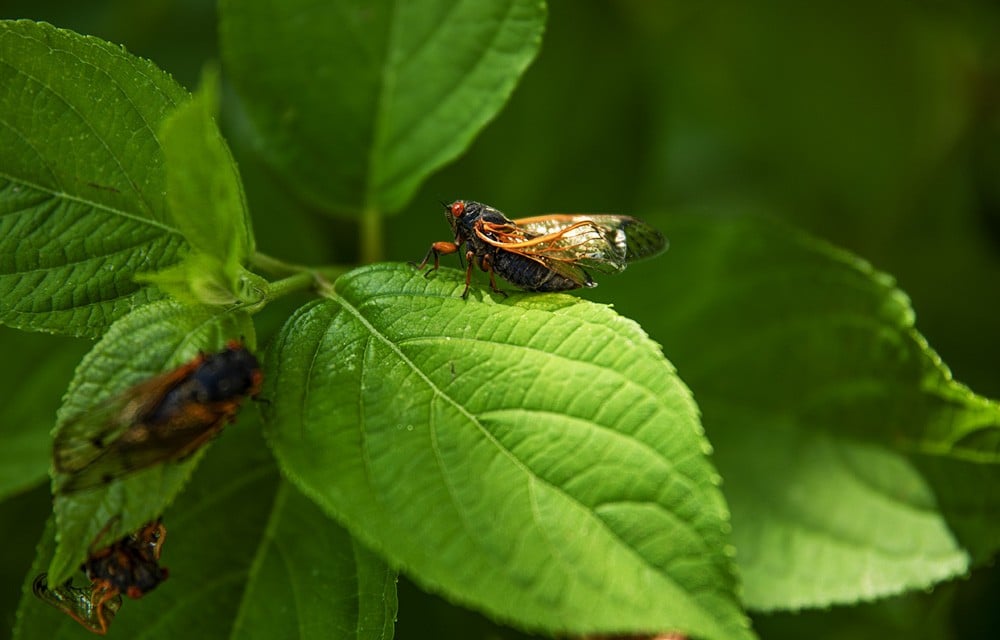
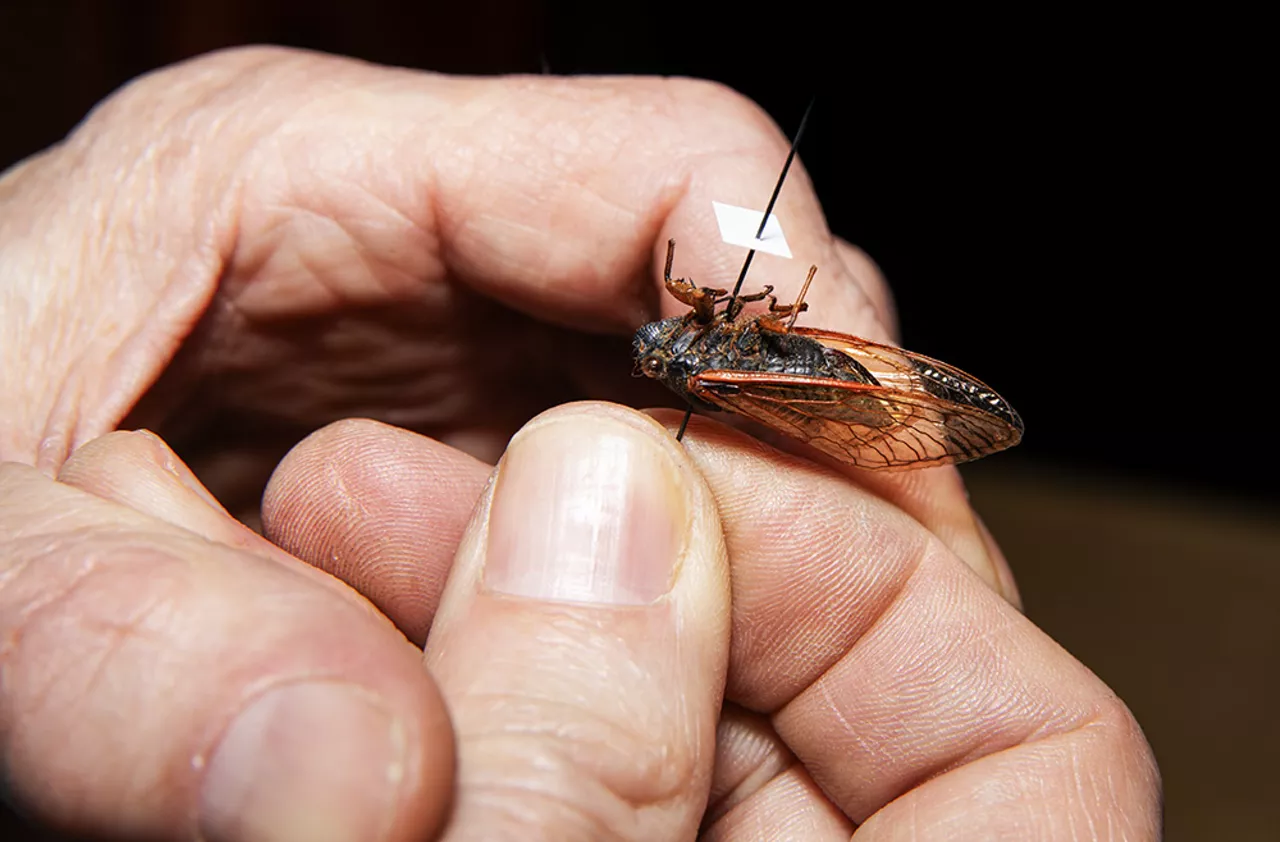
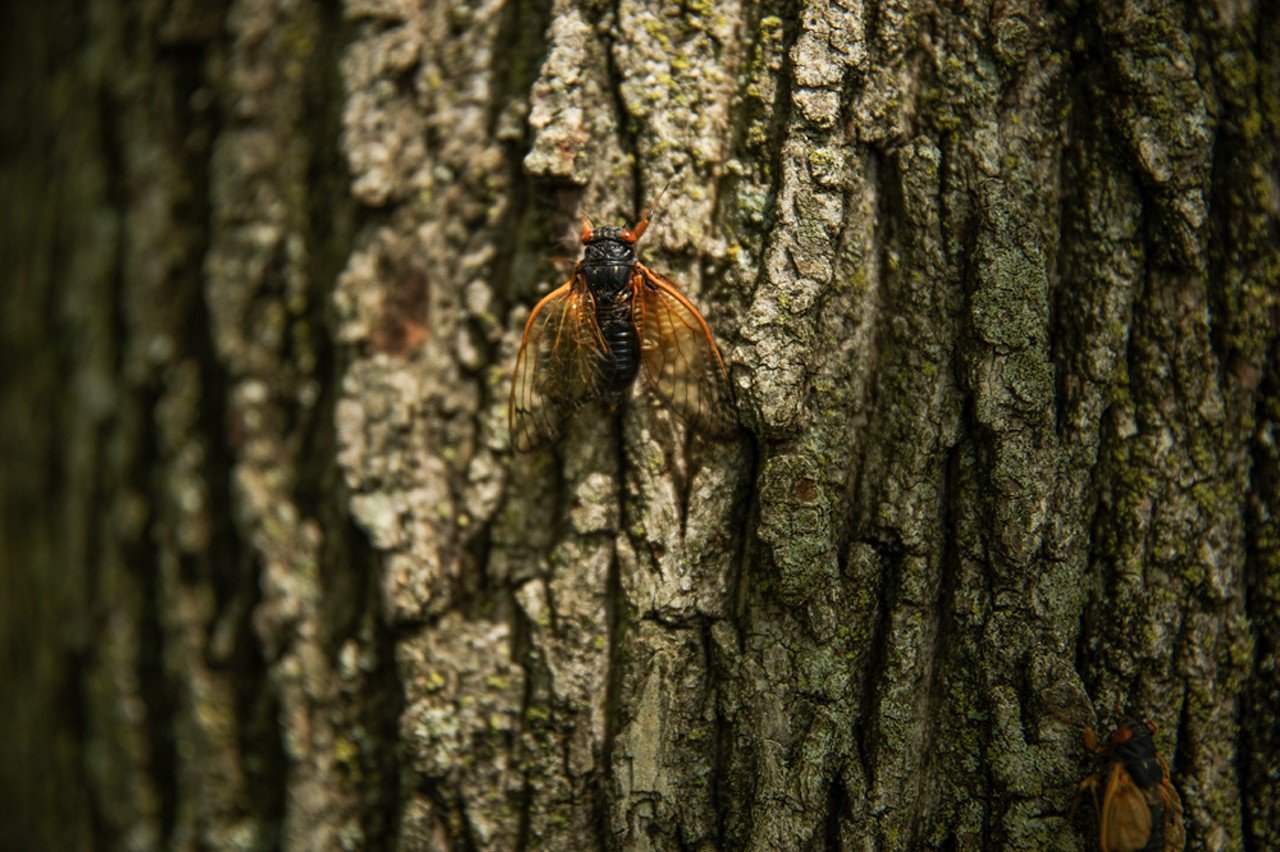
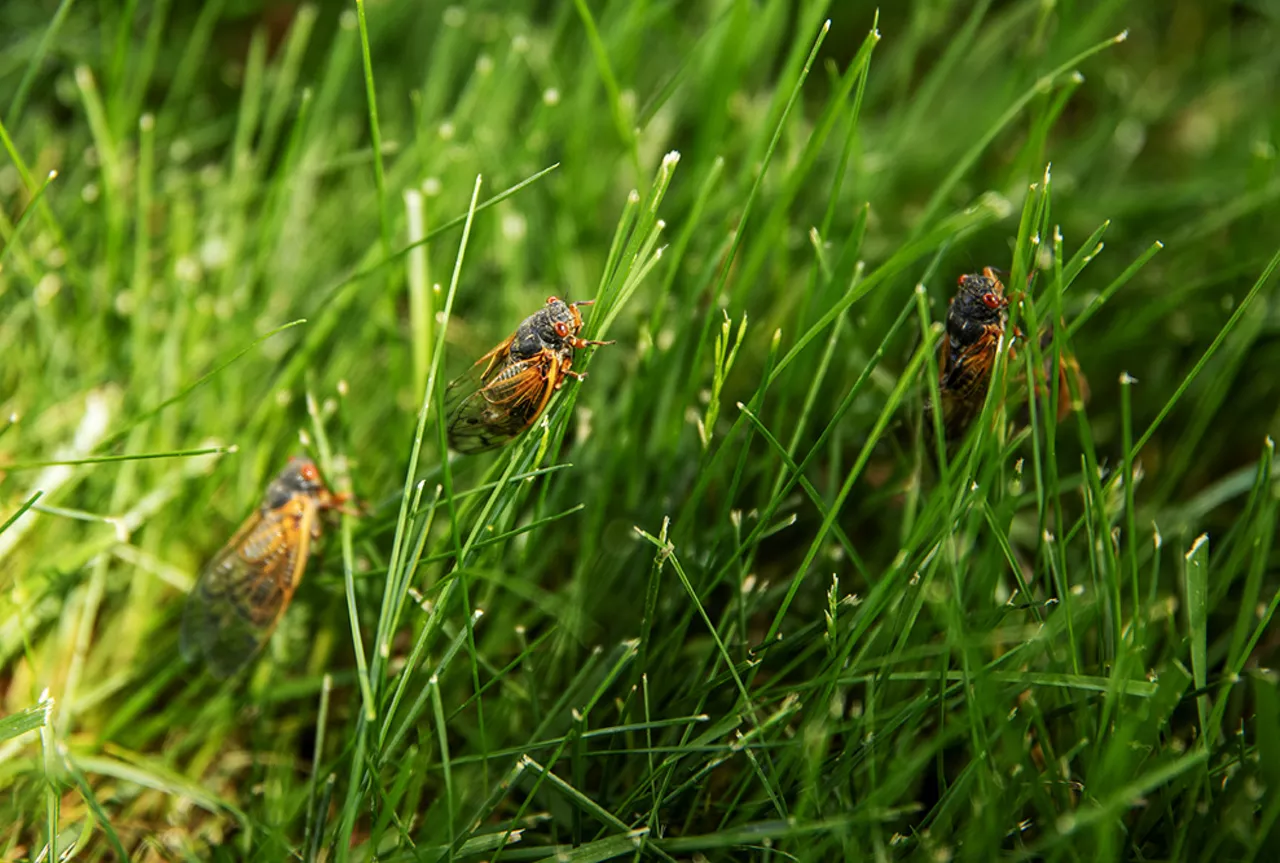
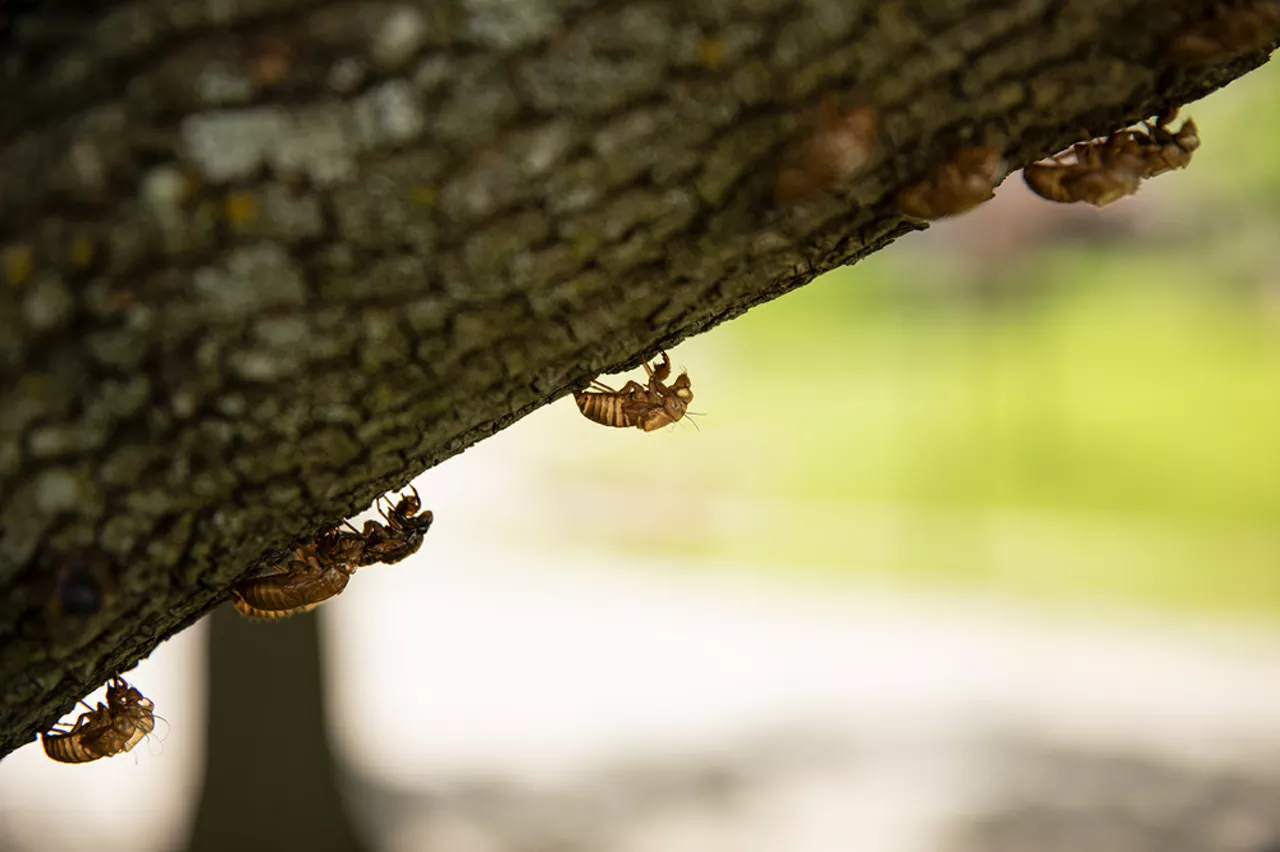

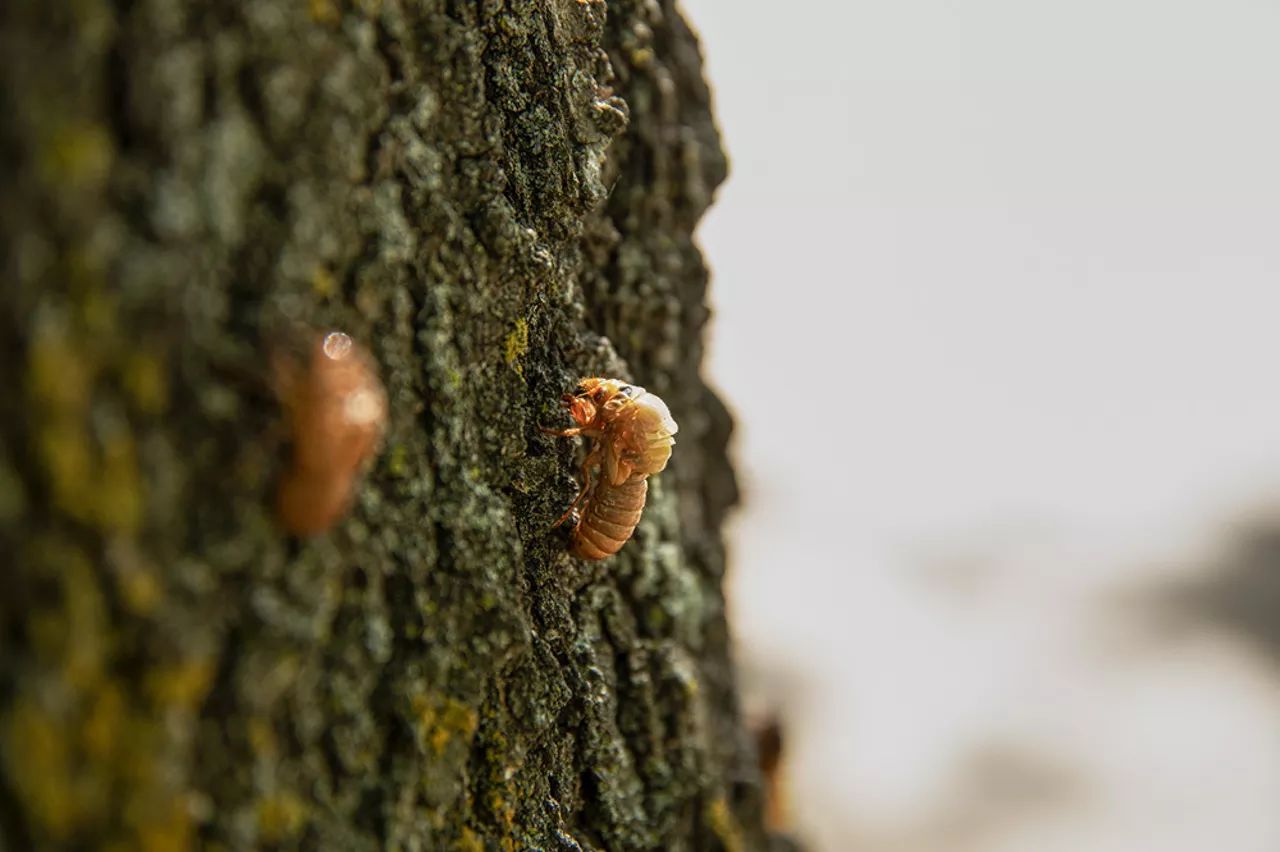

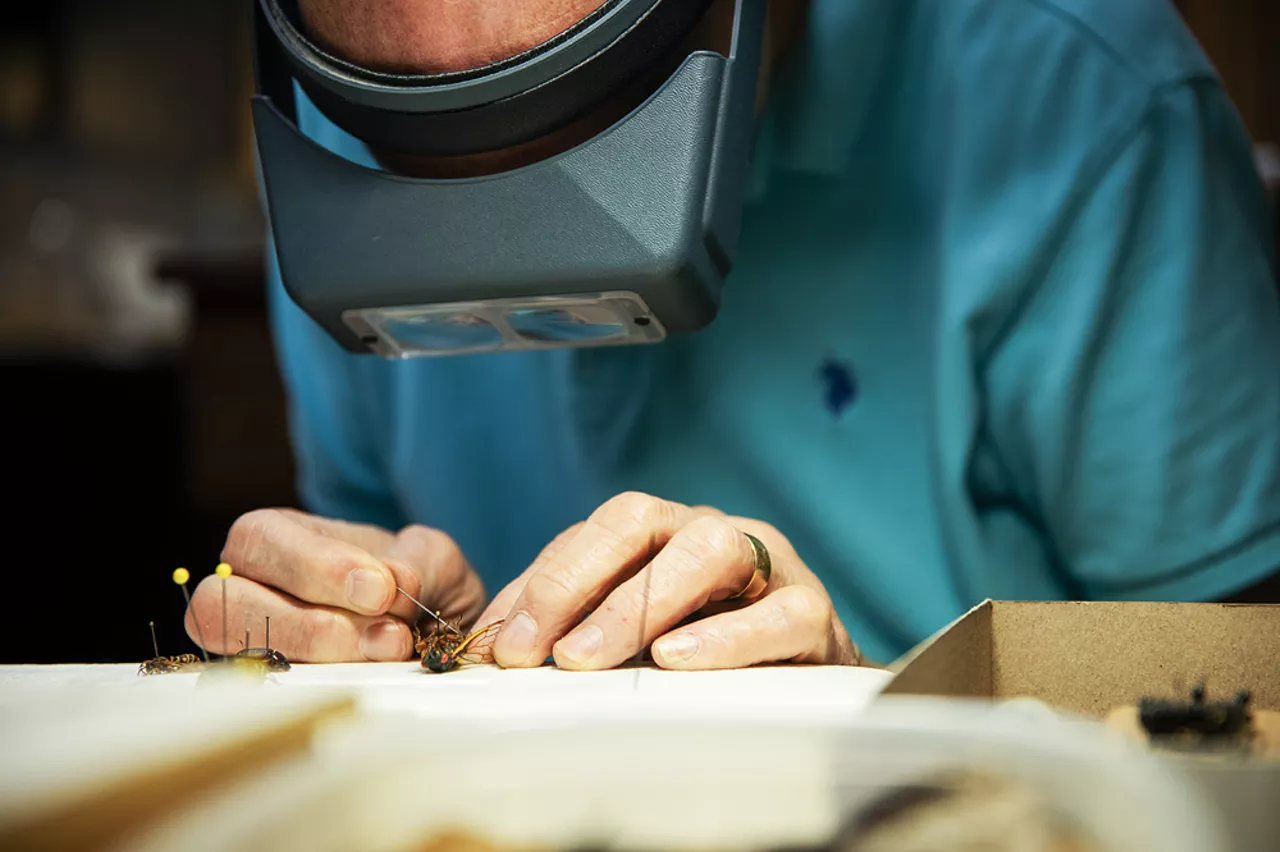
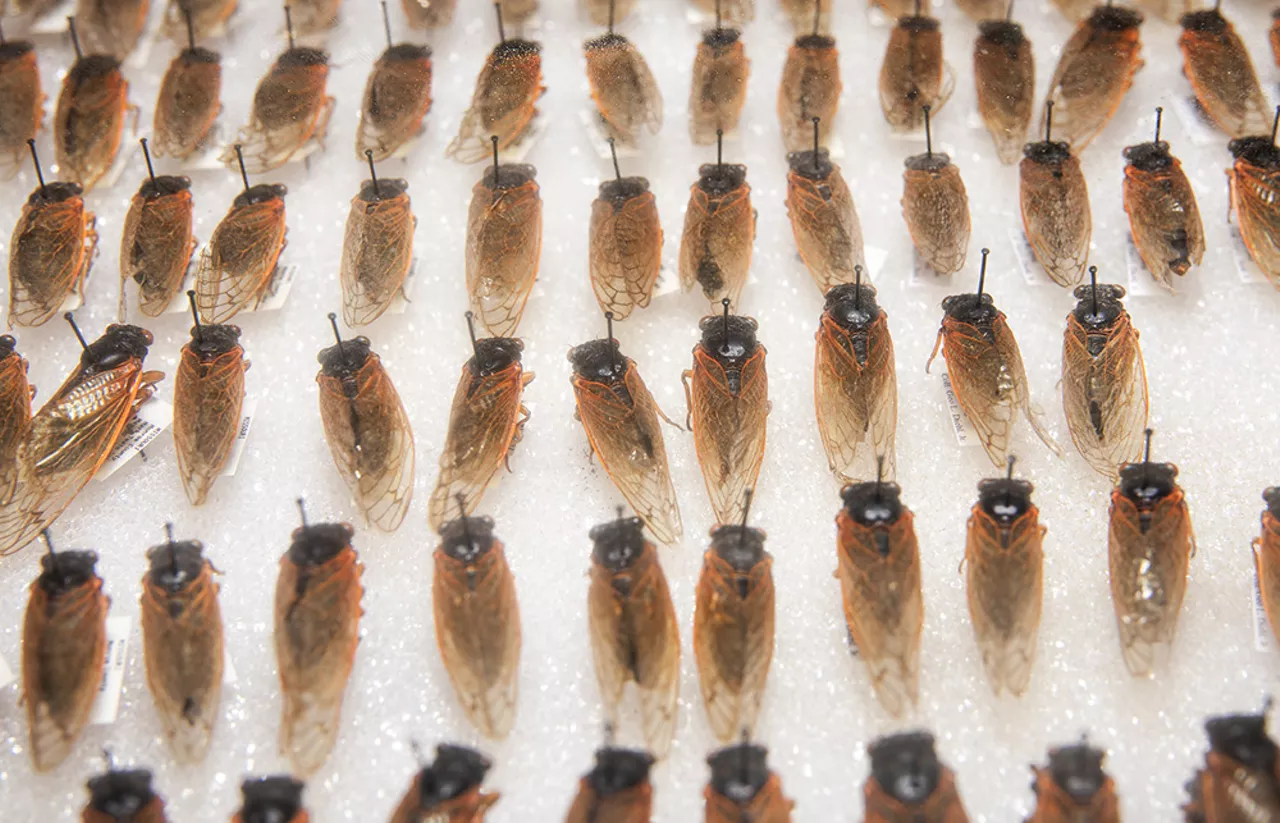
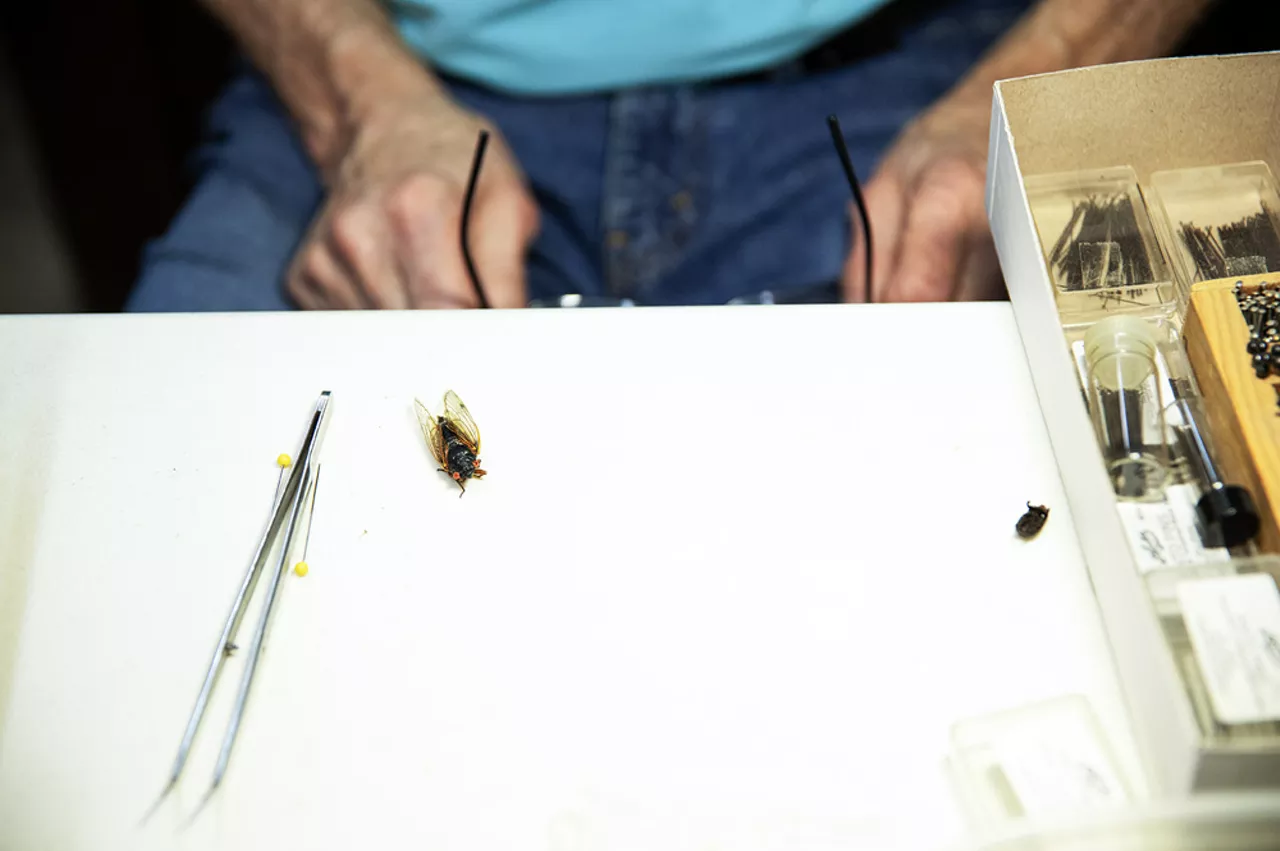
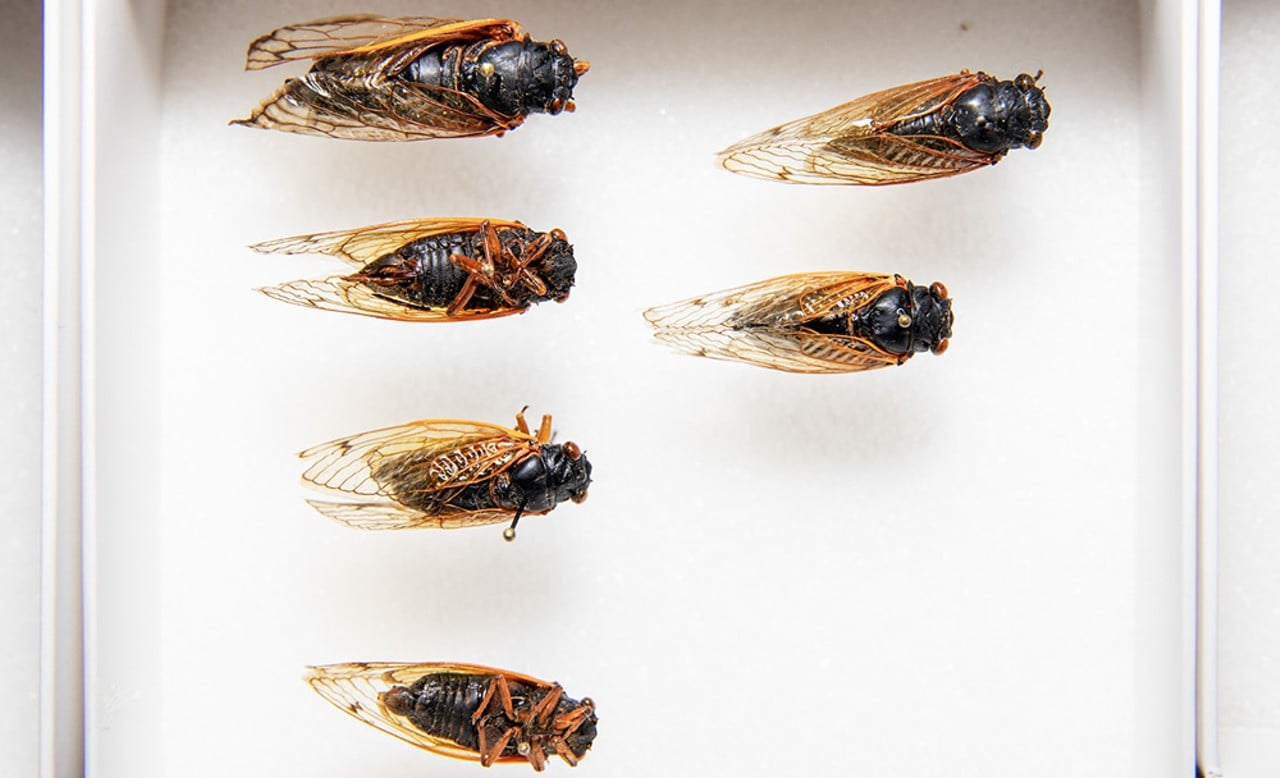
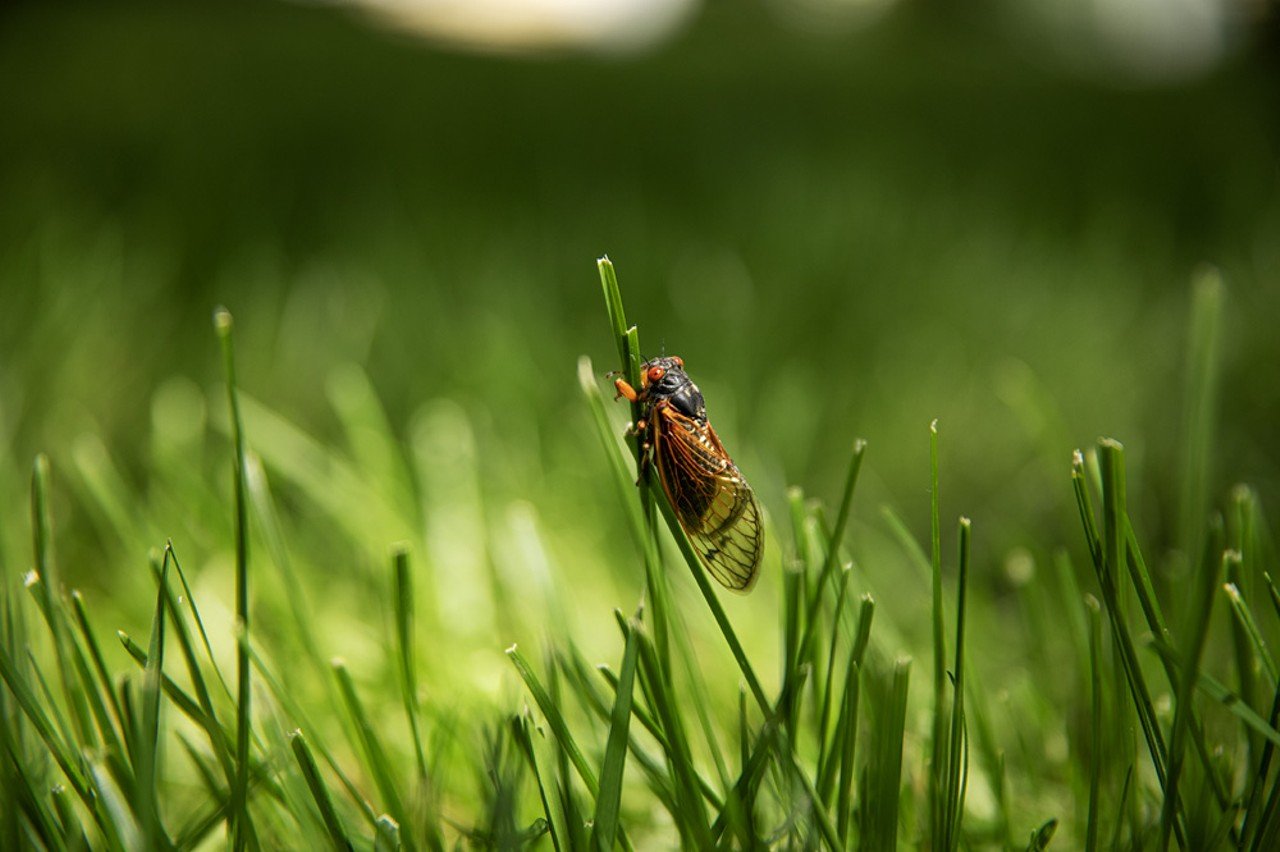



![Wash U Crackdown on Pro-Palestine Protest Results in 80+ Arrests [PHOTOS]](https://media1.riverfronttimes.com/riverfronttimes/imager/wash-u-crackdown-on-pro-palestine-protest-results-in-80-arrests-photos/u/slideshowsearch/42430042/839_washuprotest_042724_zl_53685491970_o.jpg?cb=1714333690)